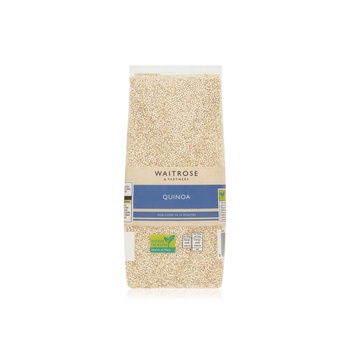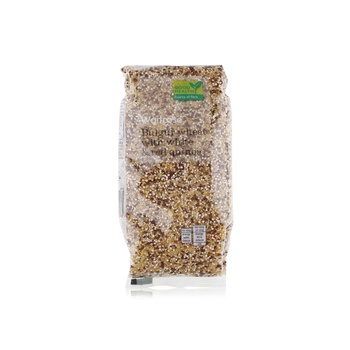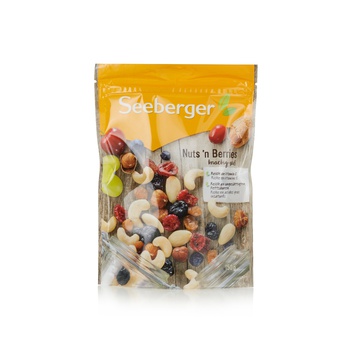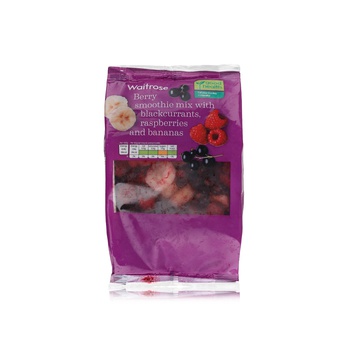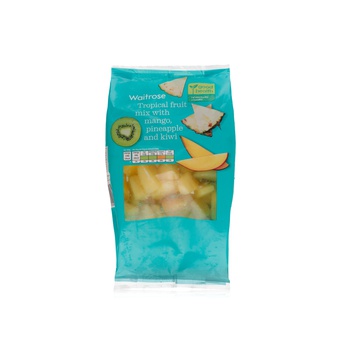There’s something comforting about eating a meal in a bowl. Perhaps it brings back memories of eating as a child, or it suggests a cosy camping trip where you hold the bowl while huddled round a campfire. As well as comfort, meals in bowls also offer convenience and allow you to get creative. For the longest time bowls played second fiddle to plates and were only used for breakfast cereal and soup. But now more and more of us are recognising the beauty of a bowl is that almost anything can be eaten out of it. Today we’re using them for everything from smoothies to one-dish dinners.
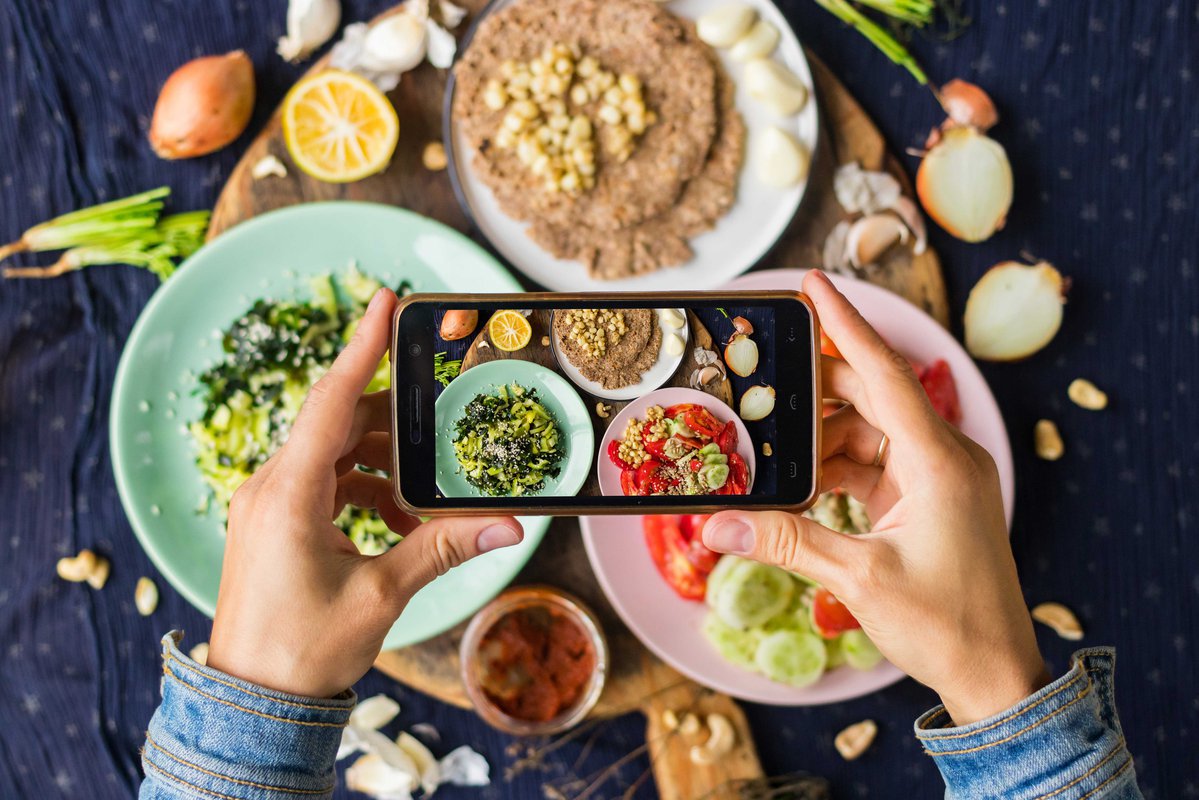
However, the growing popularity of bowl meals in recent years isn’t just fuelled by their varied contents. Our obsession with foodstagramming plays a role too. Posting beautiful shots of our meals have become a crucial part of the dining experience, and while all crockery can double up as props, bowls tend to be a little more photogenic. Feature bright ingredients in bowls made of natural coconut shell or ones that boast bold patterns and watch the likes stack up.
Breakfast is considered the most important meal of the day, with people around the world starting their morning with a wide variety of dishes ranging from eggs and toast to noodles and even soups. These days, alongside the usual items, most breakfast menus also offer smoothie bowls, especially trendy açai bowls. Made with the same ingredients found in a regular smoothie, a smoothie bowl tends to be thicker so it can be eaten with a spoon and is topped with fresh fruits, seeds and nuts. Acai bowls are similar, wherein frozen acai palm fruit is pureed and served in a bowl with toppings, but unlike smoothie bowls, these ones do not use a liquid base.
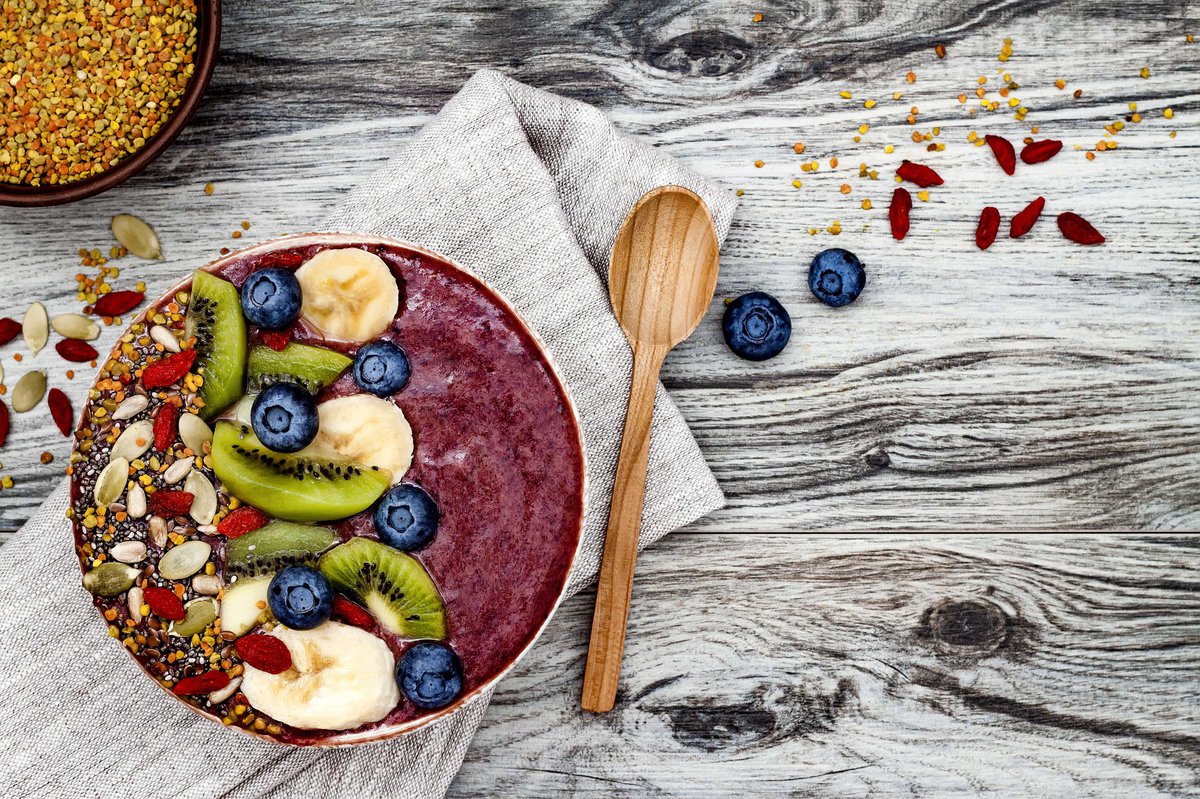
Giving the antioxidant-rich acai bowls serious competition are mermaid bowls, which are easily distinguishable because of their striking teal blue colour. Its star ingredient is spirulina - a blue-green algae superfood. These bowls are mostly decorated with edible mermaid tail cake toppers, fruits, and, in some cases, candies.
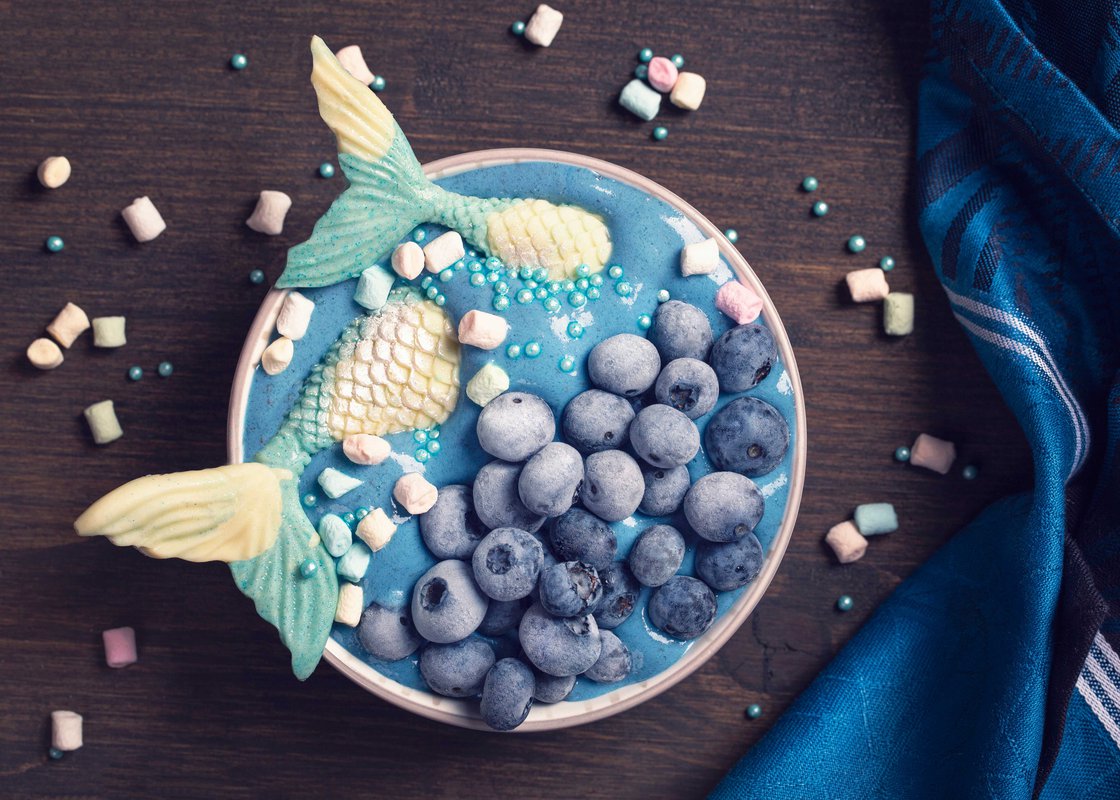
But not all meals in a bowl are for breakfast. Enter Buddha bowls. Resembling the stomach of Budai, a 10th century Chinese monk, these overloaded bowls are packed with stuff that’s good from you. Unlike nourish bowls that include meat or poke bowls that are created with raw fish, a Buddha bowl is a balanced vegetarian meal. The artfully arranged items include grains such as brown rice or quinoa, plant proteins, veggies, and leafy greens - all served cold. Home chefs have put their spin on the dish to create Mediterranean, Mexican and Thai versions too. Either way, each bowl is a beautiful marriage of texture, colour and flavour.
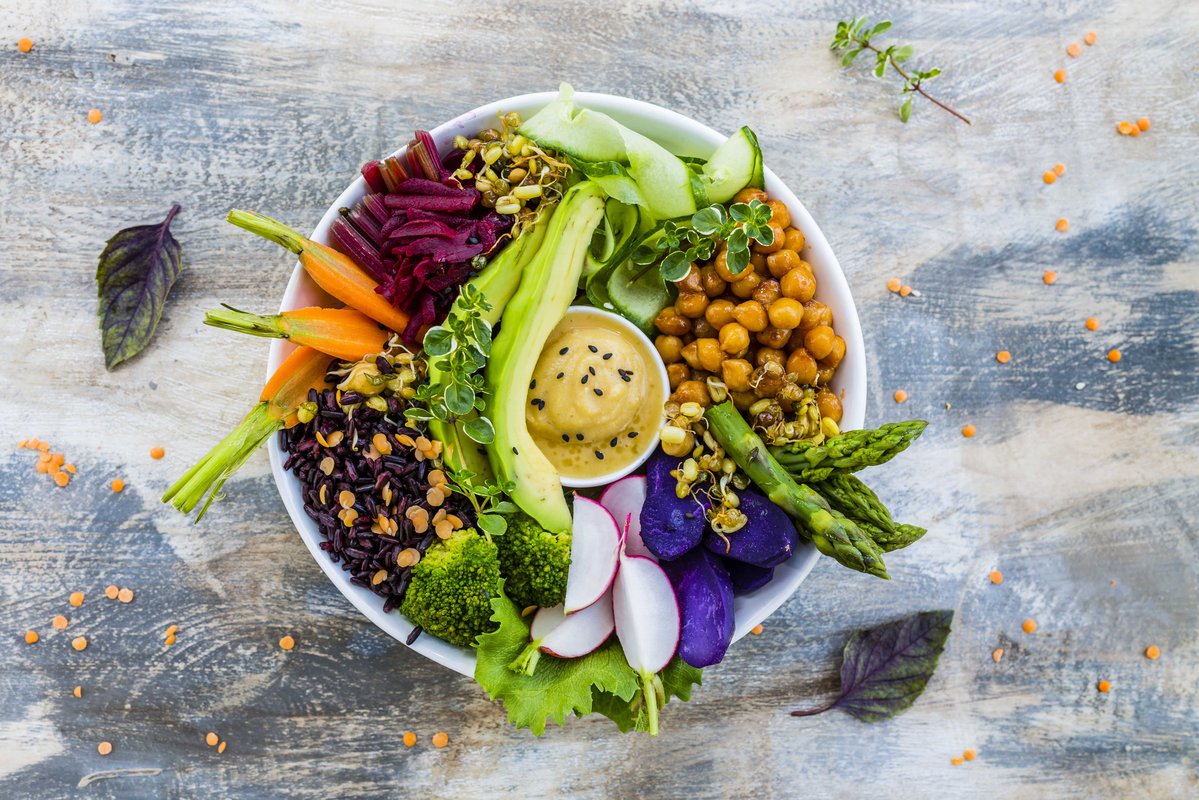
Though modern day menus haven’t left diners short of options for bowl meals, among those that have stood the test of time and have defined cuisines is the iconic ramen. In Japan, diners hunch over bowls of this noodle soup and one look is enough to tell that eating ramen is an art. First, diners lift the noodles with their chopsticks and then dip them back into the broth, bring it to their mouth, and slurp. Loudly. With every region of Japan offering its own variation of ramen, ingredients in the bowl may differ slightly, but the essence of the dish remains the same everywhere.


